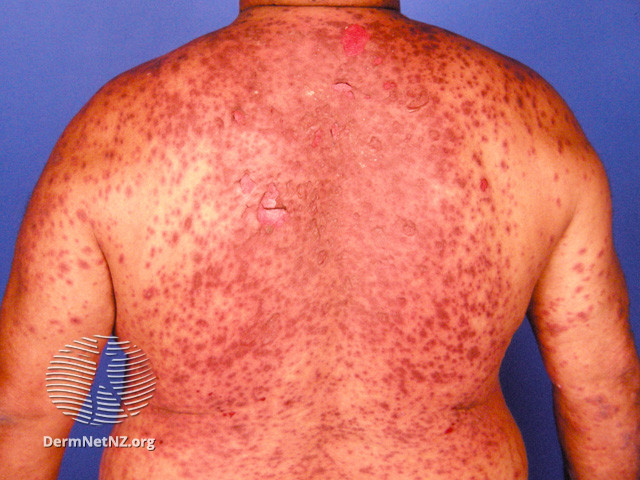Cutaneous reactions in newly medicated epilepsy patients can require immediate medical attention, according to new research in Current Treatment Options in Neurology.
Rashes are a common side effect of antiseizure medications, occurring in 2% to 16% of patients and vary by specific drug. Although most rashes are not life-threatening, roughly 5% indicate life-threatening reactions. The U.S Food and Drug Administration recently issued a warning about serious reactions to two antiseizure medications: levetiracetam and clobazam.
The new review synthesizes published data on individual antiseizure medications and distinguishes the different rashes and their triggers. Risk factors for severe reactions include the use of aromatic antiseizure medications, rapid dose escalation, genetic predisposition, and certain drug interactions.
“Patients who react to one medication are more likely to react to others with structural similarities, but with 30 FDA-approved options, we can typically find each patient an effective treatment with minimal to no side effects,” says Ram Mani, MD, chief of the adult epilepsy division at Rutgers Robert Wood Johnson Medical School in New Brunswick, NJ, in a news release.
The most common non-disabling reaction is a rash that typically occurs within two weeks of treatment. It typically affects the torso or limbs with a flat rash or hive-like bumps. It usually disappears without treatment a few weeks after patients stop the medication.
Severe conditions, on the other hand, often require urgent treatment. In Stevens-Johnson syndrome or toxic epidermal necrolysis — which produces fever, eye pain and detached skin — inpatient care is often needed.
Dr. Mani estimated that several thousand patients have severe reactions to antiseizure medications each year, but the numbers could decrease if neurologists consistently put high-risk patients on low-risk medicines.
“Patients should seek medical treatment if rashes develop rather than waiting for them to disappear,” adds Cindy Wassef, MD, an assistant professor of dermatology at Robert Wood Johnson Medical School in New Brunswick, NJ. “If symptoms are mild, they can contact their neurologist or primary care physician, but serious symptoms like a high fever, skin pain, or blisters warrant a trip to the emergency room or a 911 call.”
PHOTO CREDIT: DermNet


